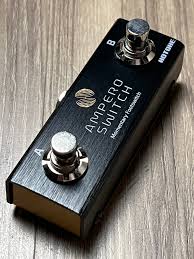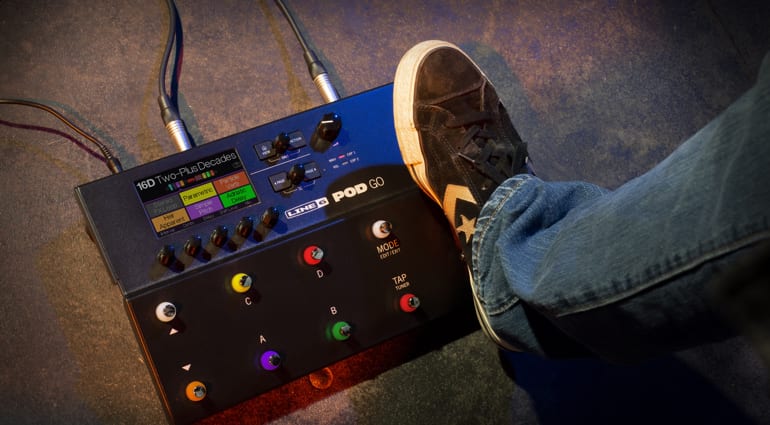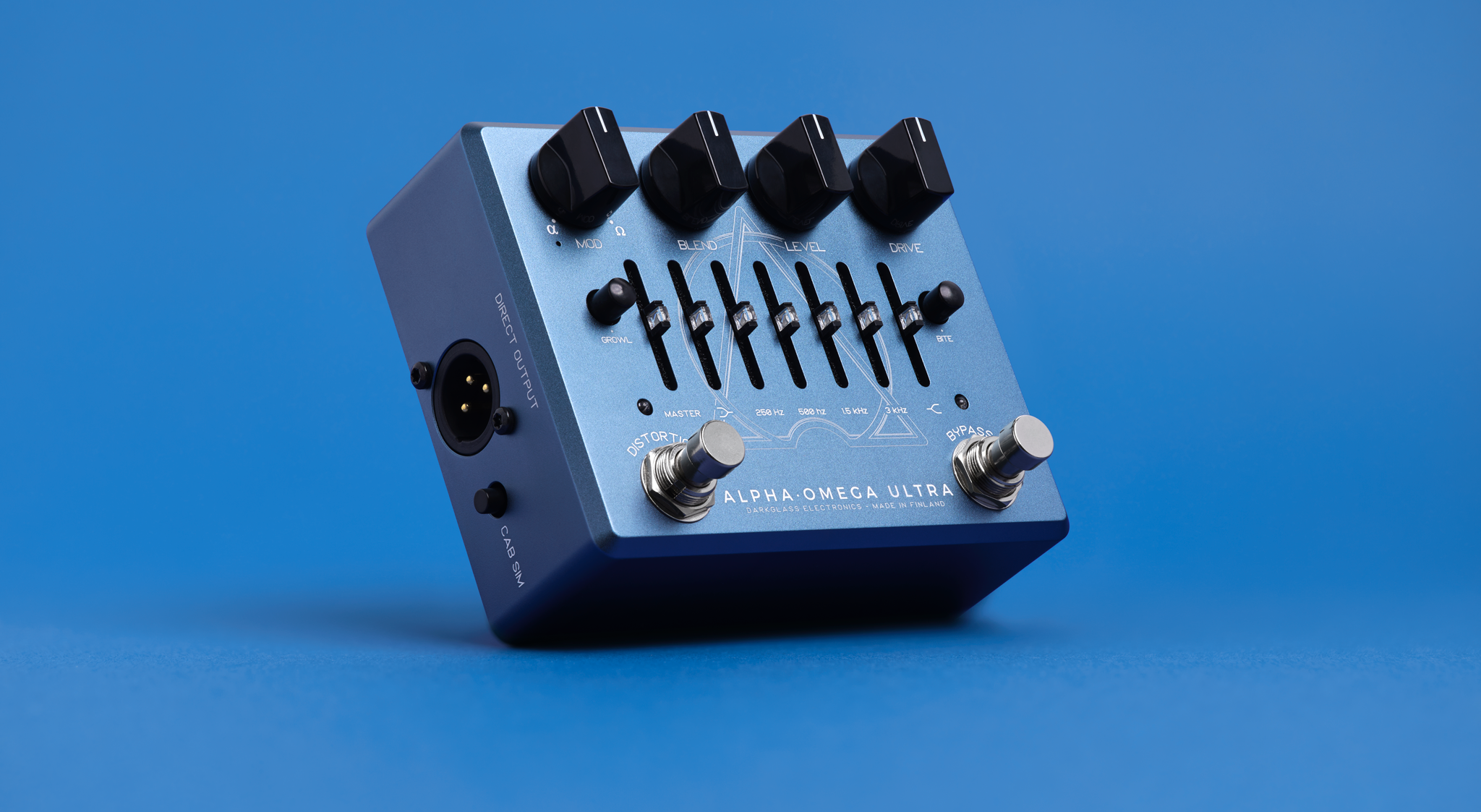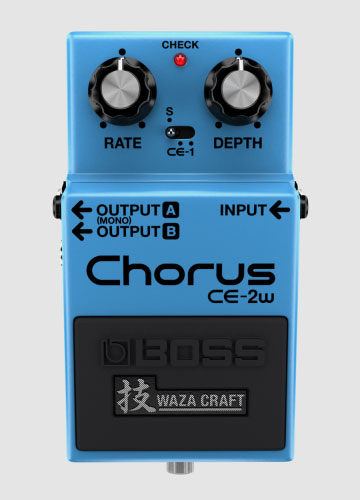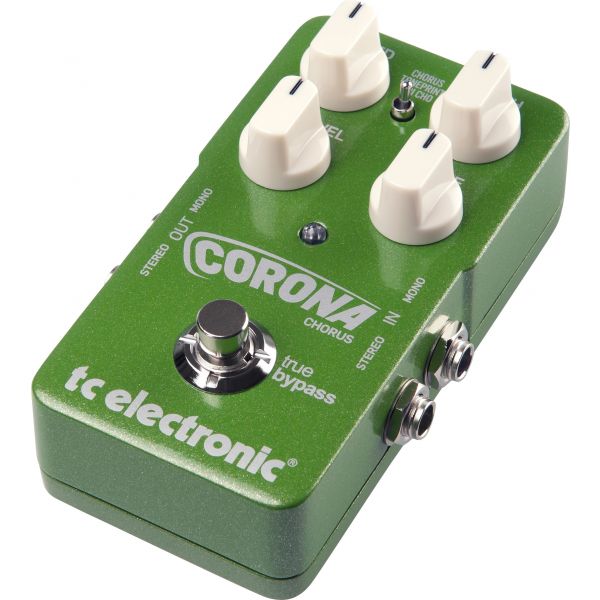
TC Electronic Corona Chorus: Pedal Review
A Versatile, Stereo-Ready Modulation Tool with a Classic Soul First introduced as part of TC Electronic’s TonePrint series, the Corona Chorus takes the company’s legendary SCF (Stereo Chorus Flanger) algorithm — made famous in the ‘80s by the likes of Eric Johnson and John Petrucci — and wraps it in a modern, pedalboard-friendly enclosure. But this isn’t just a one-trick shimmer box. The Corona is a multi-voice digital chorus that’s designed to cover everything from subtle swirl to full-on 3D warble. This is not an analog chorus — it’s all digital — but that’s not a downside. The pedal has exceptionally low noise, stereo ins and outs, and the kind of depth and clarity that you rarely get from BBD-based analog units. It’s built to play well with both guitar and bass, especially in studio or live stereo rigs. Core Controls and Features The standard controls look familiar, but they’re deceptively deep: Let’s break these modes down: Standard ChorusA relatively subtle, clean chorus voice based on TC’s SCF legacy. It offers rich, transparent modulation that doesn’t overly color the signal. Works particularly well on bass when dialed in with a low Depth and FX Level. Excellent for adding movement without sacrificing low-end clarity. Tri-ChorusThis is where things get interesting. Tri-Chorus runs three chorus voices simultaneously, each modulating slightly out of sync. The result is a massive stereo spread and a sense of dimensionality — think early-‘90s rack-mount shimmer. With subtle settings, it feels like the bass is breathing. Crank it, and it goes into lush synth pad territory. TonePrint ModeThis is where TC’s modern edge really shines. You can use the TonePrint app or editor to download or create chorus presets made by artists (e.g., Duff McKagan, Nathan East, John Petrucci) or tweak your own settings in the deep editor. With TonePrint, you can: This level of control makes the Corona far more versatile than almost any other compact chorus on the market. Why Chorus on Bass? Chorus might not be the first modulation effect bassists reach for, but when used tastefully, it adds depth, atmosphere, and movement. It’s especially effective in: On bass, a chorus needs to be either very subtle or very smart — and the Corona’s blend and TonePrint capabilities make it ideal. The high-pass filtering you can program in TonePrint means you can let the effect live in the mids and highs, preserving all your low-end definition. Build and Connectivity No nonsense, no bulk — just a clean, well-built pedal that’s made to tour or record with. Pros and Cons Pros: Cons: Conclusion: A Workhorse Chorus with Modern Tools and Classic Depth The TC Electronic Corona Chorus might not have the analog mystique of a Boss CE-2 or the vintage warble of an EHX Small Clone, but what it offers instead is practical, versatile, beautiful chorus that actually fits a working musician’s life — especially for bassists. Its wide tonal range, subtle FX Level control, and the ability to customize your modulation via TonePrint make it an incredibly powerful tool, whether you’re just looking to thicken your clean tone or build massive ambient soundscapes. It can be clinical or musical, vintage or hi-fi — it’s up to you. If you’re a bass player who wants modulation that respects the lows and adds spaciousness to your playing, the Corona Chorus is a top-tier choice that holds up in every context — and with a bit of tweaking, it can even outclass some of the more famous analog units in terms of real-world usability.
